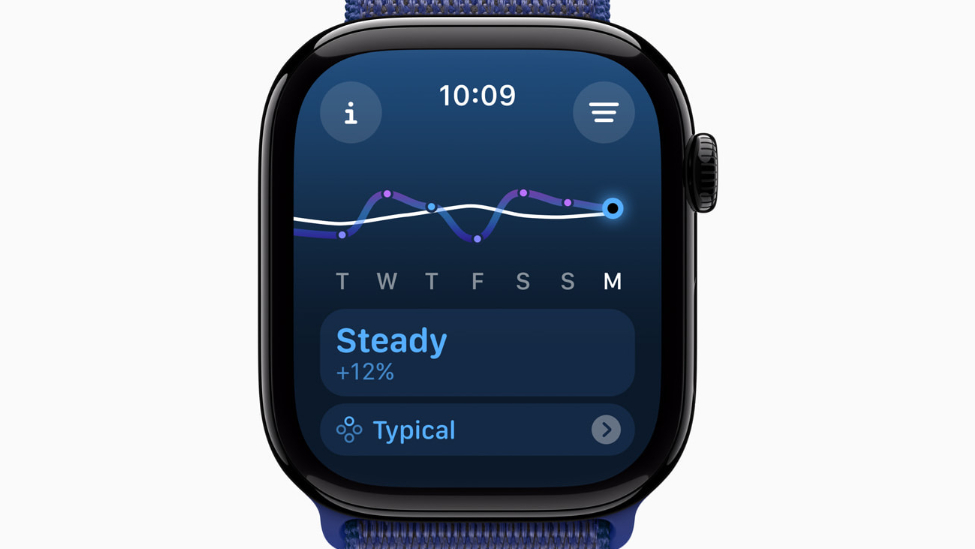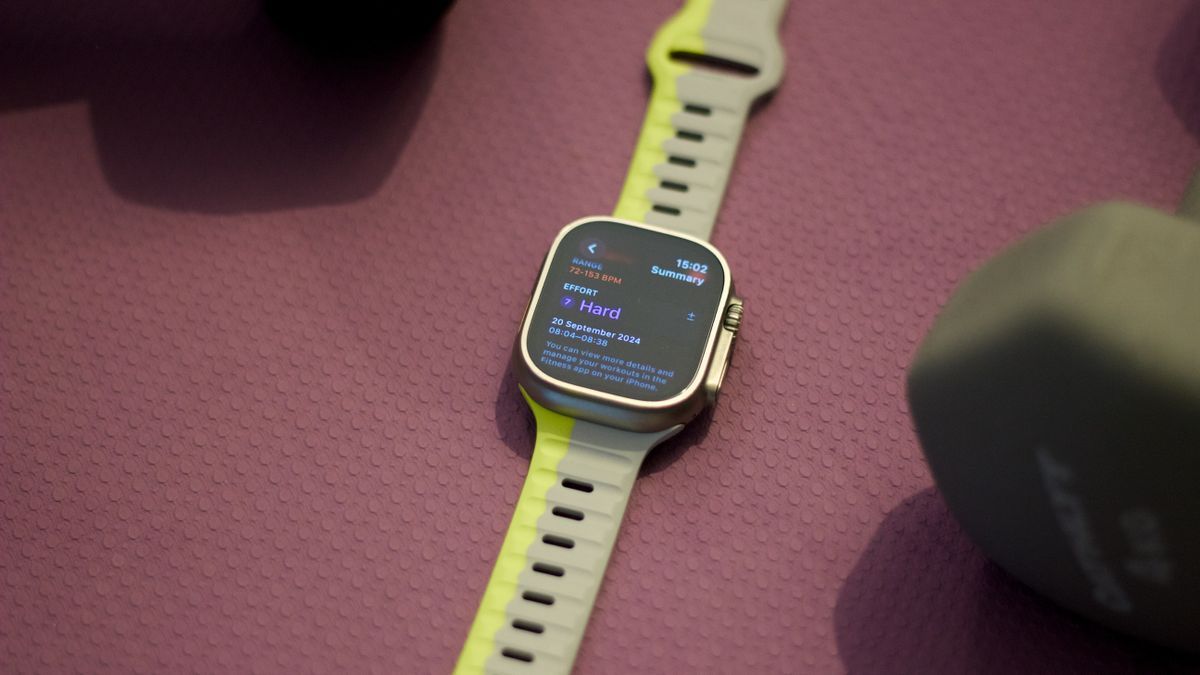With the arrival of Apple Watch’s latest operating system, watchOS 11, there’s a new feature I’ve been eagerly awaiting: the new Training Load metric.
For years, the best Apple Watches have been about getting you up, leaving the house, hitting the gym, and getting as much exercise as humanly possible. With watchOS 11, Apple has finally introduced some key metrics and features to help you exercise less, including the addition of rest days to your workout goals and the aforementioned training load metric.
Apple says Training Load can help users make informed decisions about their training by measuring the effort of their workouts and providing 28-day reports to help them understand the impact of exercise on their bodies.
Training load is a well-established metric used by high-performance athletes to help improve the effectiveness and efficiency of their training, especially in the lead-up to events. Fundamentally, training load is vital to preventing injury. With this in mind, you’d expect the overall impact of monitoring your own training load to be doing less, not more. As your training load increases, your Apple Watch tells you to reduce it to recover more effectively. Simple, right?
However, after just a few days of using the public version of watchOS 11, I'm happy to report that Training Load has already transformed the way I exercise—just not in the way I expected.
You're only fooling yourself
I use my Apple Watch Ultra 2 primarily to track strength workouts, which I do about six times a week. If you use watchOS 11 to track a cardio workout, like a run or bike ride, it will automatically record the “exertion” applied in your workout, giving you the readings you need to track your training load.
However, Apple's sophisticated algorithm doesn't apply to strength training (yet), so when you do strength training, you have to enter your effort manually, rating your workout on a scale of perceived exertion, from 1 to 10.
After just one session, I realized that my days of effortless workouts were over. In order for Training Load to work and give me the best possible recommendations, it has to give accurate results. If I overestimate my effort and rate every workout as a 10 out of 10, I’ll get a false set of data that tells me to stop working out when I shouldn’t. My training and progress will stagnate, and I’ll make fewer gains as a result.
However, if I give an accurate reading for a workout and don't push myself to the max in every session, in 28 days I'll get a training load reading that shows I'm wasting my time and hard-earned money at the gym without making any progress.
The Silent Motivation I Didn't Know I Needed

Suddenly, the simple feature on the Apple Watch that I thought would help me take it easy has become a huge source of motivation. Knowing that every workout counts, I’m now more focused than ever on walking the tightrope between putting in maximum effort in the gym and not overdoing it. I’m hyper-aware of my performance and find myself focusing on every rep, set, rest, and exercise. Not that I wasn’t necessarily doing those things already, but I’m more focused and motivated than ever thanks to a tool I thought was going to tell me to chill out.
It may seem counterintuitive to use a training load metric as inspiration to push myself even harder in the gym, but I trust that technology will ensure I don’t overdo it in the long run. But regardless of whether the goal is to maximize results or take it easy, the only way training load will help is if I’m honest about my effort. It looks like my days of wasting time in the gym are over.









